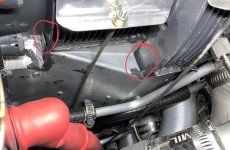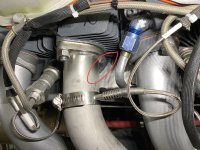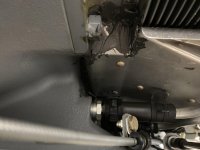andoman
Well Known Member
I’m sealing up all the air leaks on the underside of my 540 and have a question about airflow past the inter-cylinder baffles.
See the attached photos.
Should I seal the areas circled in read?
Or do they need to flow air in order to pass heat removed from the adjacent fin?
I want as little leakage as possible but obviously don’t want to create unwanted hotspots.
Thanks, Sages!
See the attached photos.
Should I seal the areas circled in read?
Or do they need to flow air in order to pass heat removed from the adjacent fin?
I want as little leakage as possible but obviously don’t want to create unwanted hotspots.
Thanks, Sages!







